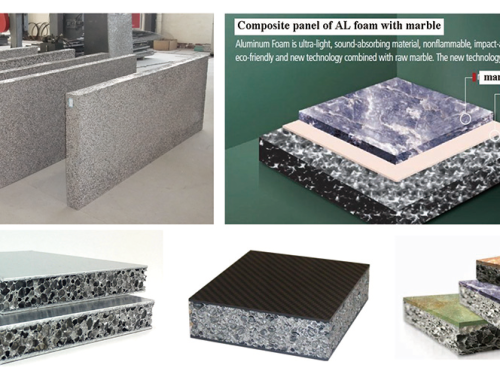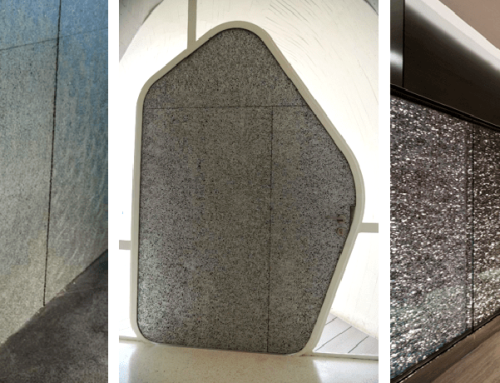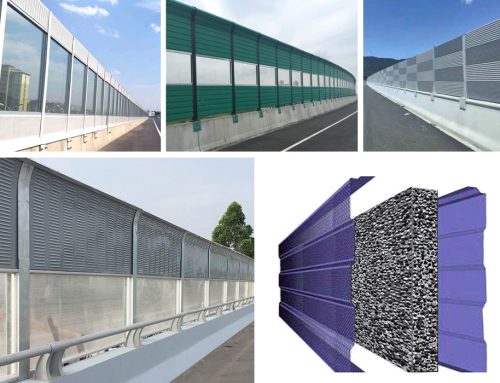
Nickel foam can be used as a filter material, a magnetic flow conductor for dealing with magnetic particles in fluids. Other applications include application to hydrogen storage predicates and heat exchange predicates. Nickel foam is a sound-absorbing material with excellent performance, which has a high sound-absorbing coefficient at high frequencies; its sound-absorbing performance at low frequencies can be achieved through the design of the sound-absorbing structure. Nickel foam is also one of the good electrode materials for making cadmium-nickel batteries and hydrogen-nickel batteries. The process of preparing nickel foam by electro-deposition technique was successfully developed through experiments. The base material used is porous open-cell foam plastic. The conductive layer can be prepared by three methods: chemical nickel plating, vacuum nickel plating and immersion conductive adhesive. After pre-nicking, it can be plated in a common sulfate nickel plating solution. Nickel, after burning, recovery and annealing process, can obtain nickel foam material with excellent performance.
What do you need to pay attention to for the nickel foam 1.6mm?
Nickel foam, ultra-thick nickel foam pore characteristics and bulk density Pore size: 0.1mm-10mm (5-130ppi) Porosity: 95%-98% Porosity: ≥98% Bulk density: 0.1-1.0g/cm3 Specification: 500 *Key Features:
1. Sound absorption: The porous structure has a wide frequency sound absorption feature.
2. Sound insulation: Through additional processing, it can achieve good sound insulation against a high noise.
3. Electronic wave shielding: shielding about 90dB of electronic wave.
4. Processing function: can cut off. Foamed nickel photocatalyst filter is an organic combination of nano-TiO2 and foamed nickel mesh, which is known as a new type of material across the century.



